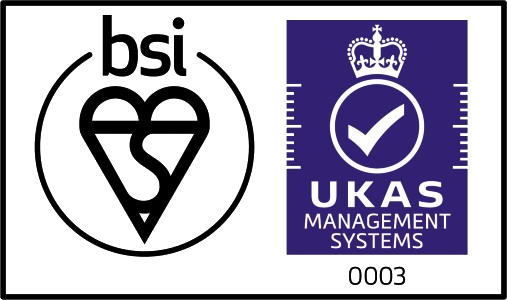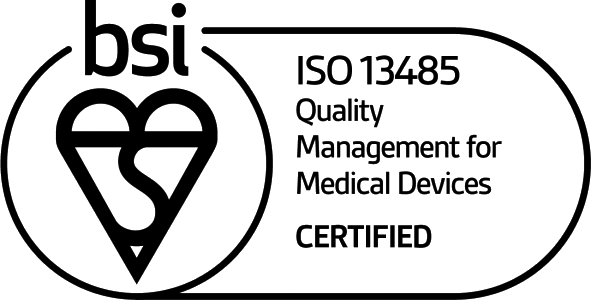The Importance Of Negative Margins
A lumpectomy is a challenging surgical procedure, complicated by two obvious yet conflicting priorities: excise as much tissue as necessary to remove the cancer from the breast, remove as little tissue as possible to achieve the best cosmetic result.
Clinically stated, the objective is a clean, negative margin, with all six surfaces of an excised tumor cancer-free. MarginProbe makes possible lumpectomy margin assessment while in the operating room.
Margins Matter
A study of 2900 patients resulted in a 50% or greater re-excision reduction.
Ref: 2021 Reid Expert Review



